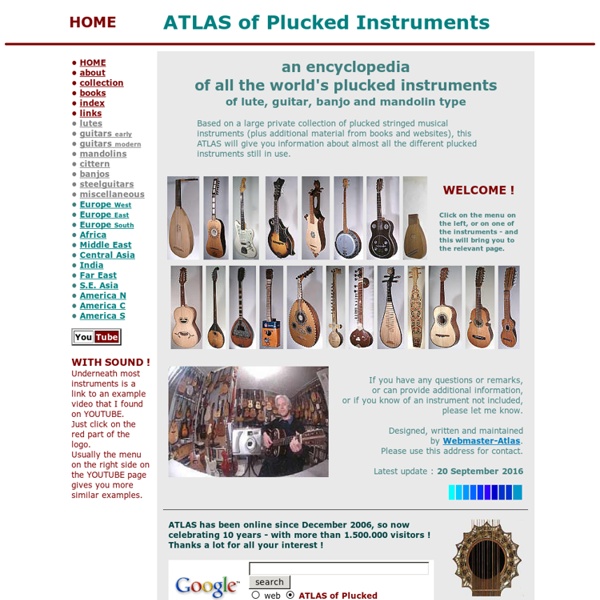



not_available Strings Woodwinds Brass Percussion Vocal Vocalist Jokes Folk/Rock/Popular Music and Instruments General Acknowledgement These jokes are a continually-growing collection, and unfortunately, I can no longer remember which jokes I heard from whom. Strings Violin Jokes What's the difference between a violin and a viola? There is no difference. What's the difference between a violin and a fiddle? A fiddle is fun to listen to. Why are viola jokes so short? So violinists can understand them. How do you tell the difference between a violinist and a dog? The dog knows when to stop scratching. How many second violinists does it take to change a light bulb? None. String players' motto: "It's better to be sharp than out of tune." Why is a violinist like a SCUD missile? Both are offensive and inaccurate. Why don't viola players suffer from piles (hæmorrhoids)? Because all the assholes are in the first violin section. What's the difference between a fiddle and a violin? No-one minds if you spill beer on a fiddle. Viola Jokes
Lyric Writing Exercises: a 5-Day Workshop Guest post by Maria Rainier If you’re anything like most songwriters, you’re all too familiar with that frustrating sensation of being stuck in a rut. You know it’s important to write something – anything – every day, but there are times when that just seems impossible. Maybe you don’t have enough energy, you might be too critical of your first attempts, or you could be missing out on the muse. Whatever the reason, you can still get your daily writing done in a productive way if you introduce new exercises into your routine. The next chance you get, try starting this five-day lyric writing exercise workshop – it’s the perfect way to begin a week of successful songwriting. Day 1: Research Mix & Match The first step is to give yourself something interesting to work with. Day 2: Collaborative Brainstorming Contact a friend by chat or email. Day 3: Titles & Nuggets Using what you’ve written from the previous two exercises (or relying on your notebook), construct some potential song titles.